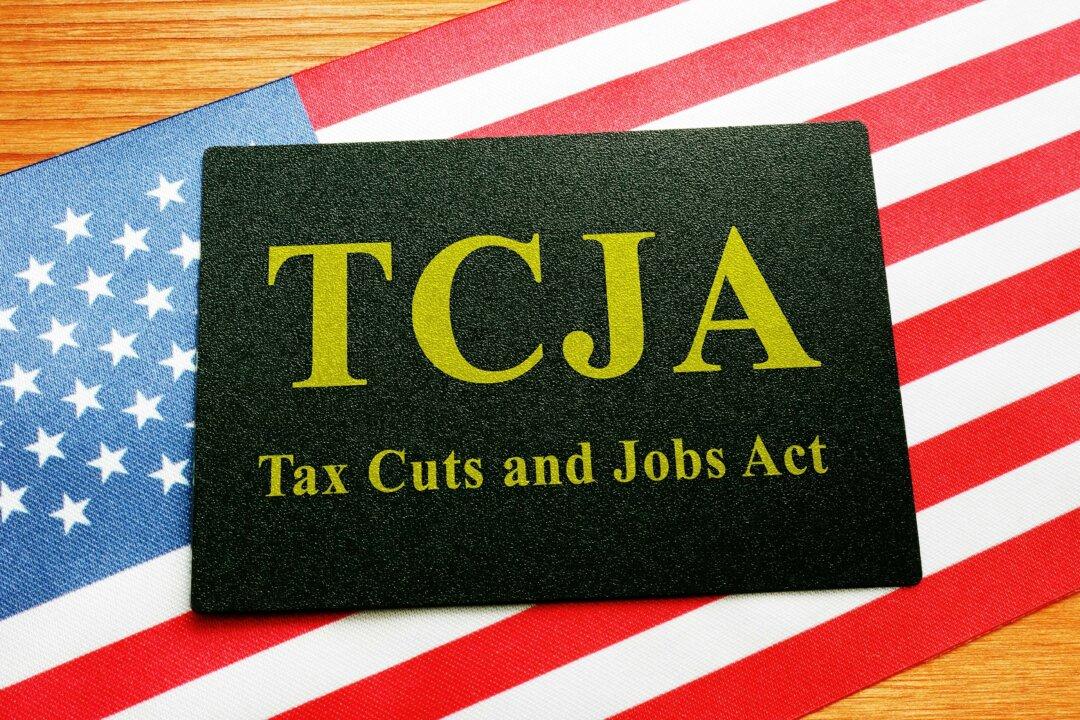The Tax Cuts and Jobs Act (TCJA), signed by then-President Donald Trump in 2017, had a major impact on personal and business taxes. The TCJA had a positive effect on tax deductions, credits, tax rates, and more. But the TCJA is scheduled to sunset on Dec. 31, 2025.
If Congress doesn’t do anything to stop the TCJA sunset, significant tax increases will take place. And although it may be argued that the biggest losers are corporations and the wealthy, middle-class Americans will also feel the pain. But where is this pain coming from? And what will this cost the average American?






